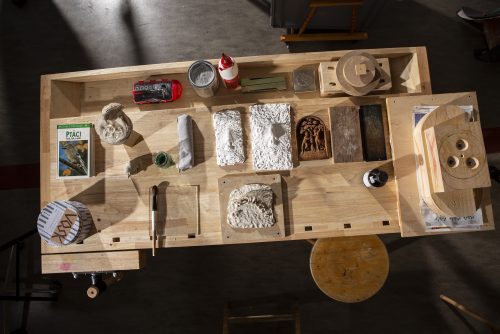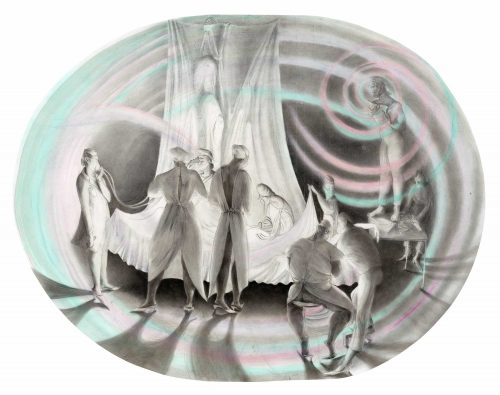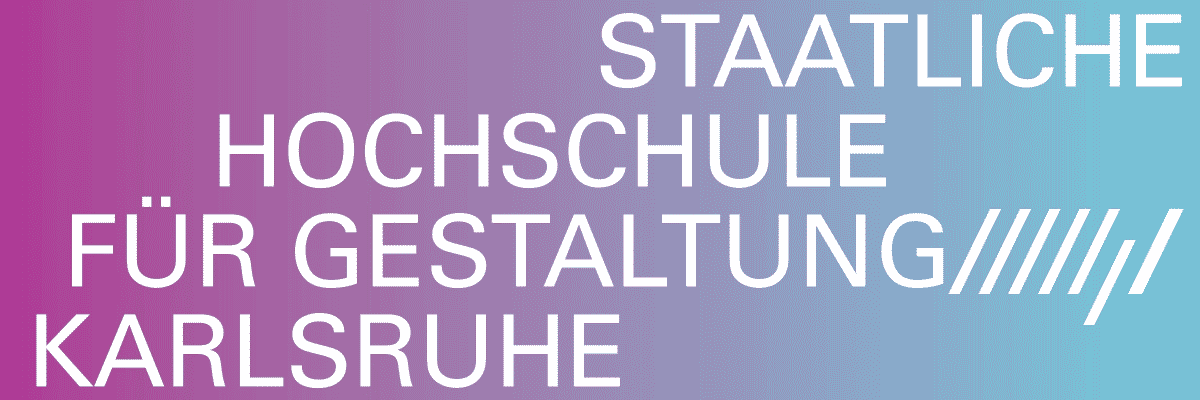
Irene Pouliassi
Lady Lazarus
Project Info
- 💙 Peritechnon Karteris
- 💚 Will Coups
- 🖤 Irene Pouliassi
- 💜 Will Coups
- 💛 Agisilaos Robolas
Share on
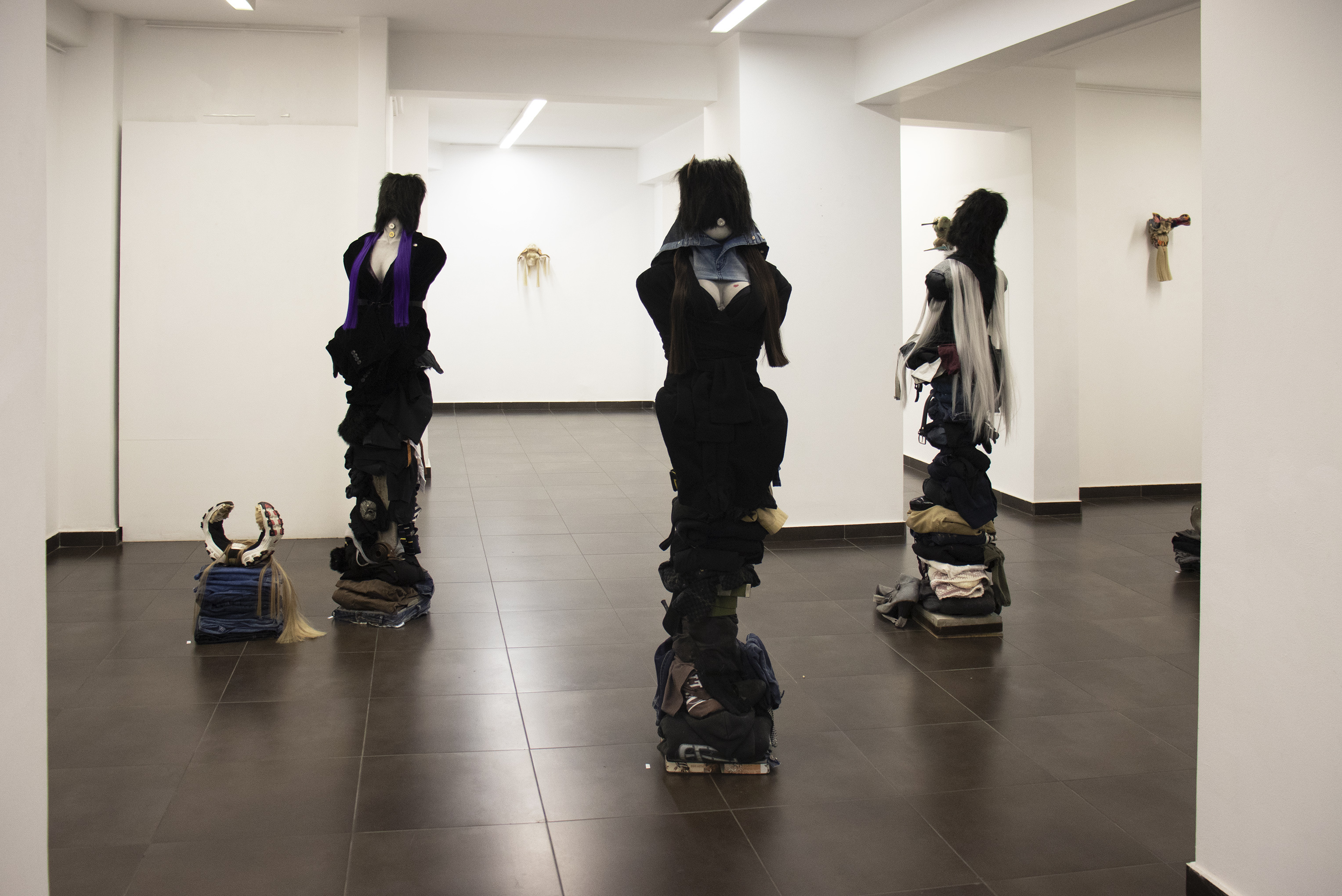
Irene Pouliassi, Pleiades | Lady Lazarus
Advertisement
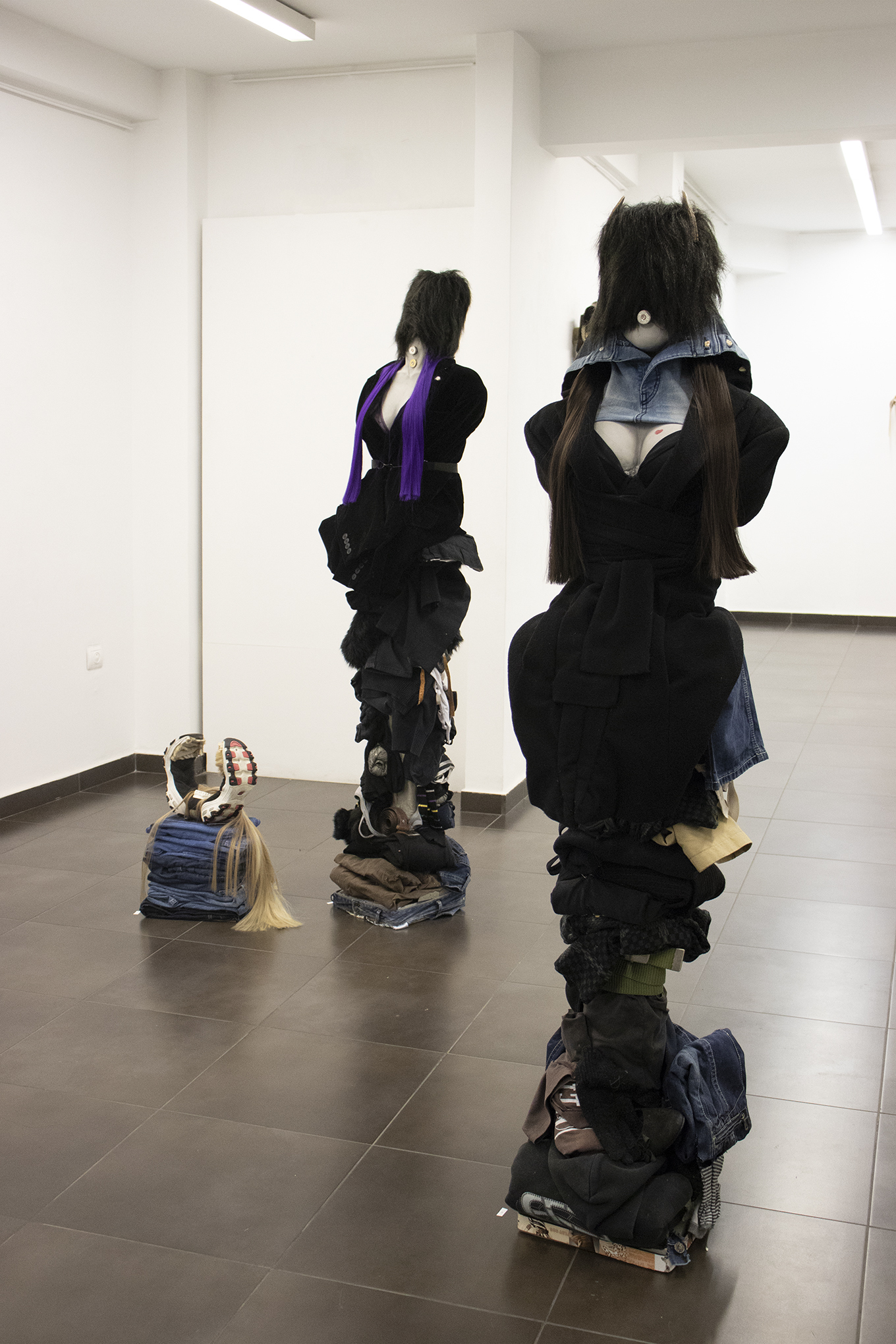
Irene Pouliassi | Lady Lazarus | Pleiades

Irene Pouliassi | Lady Lazarus | Pleiades II

Irene Pouliassi | Lady Lazarus | Pleiades III
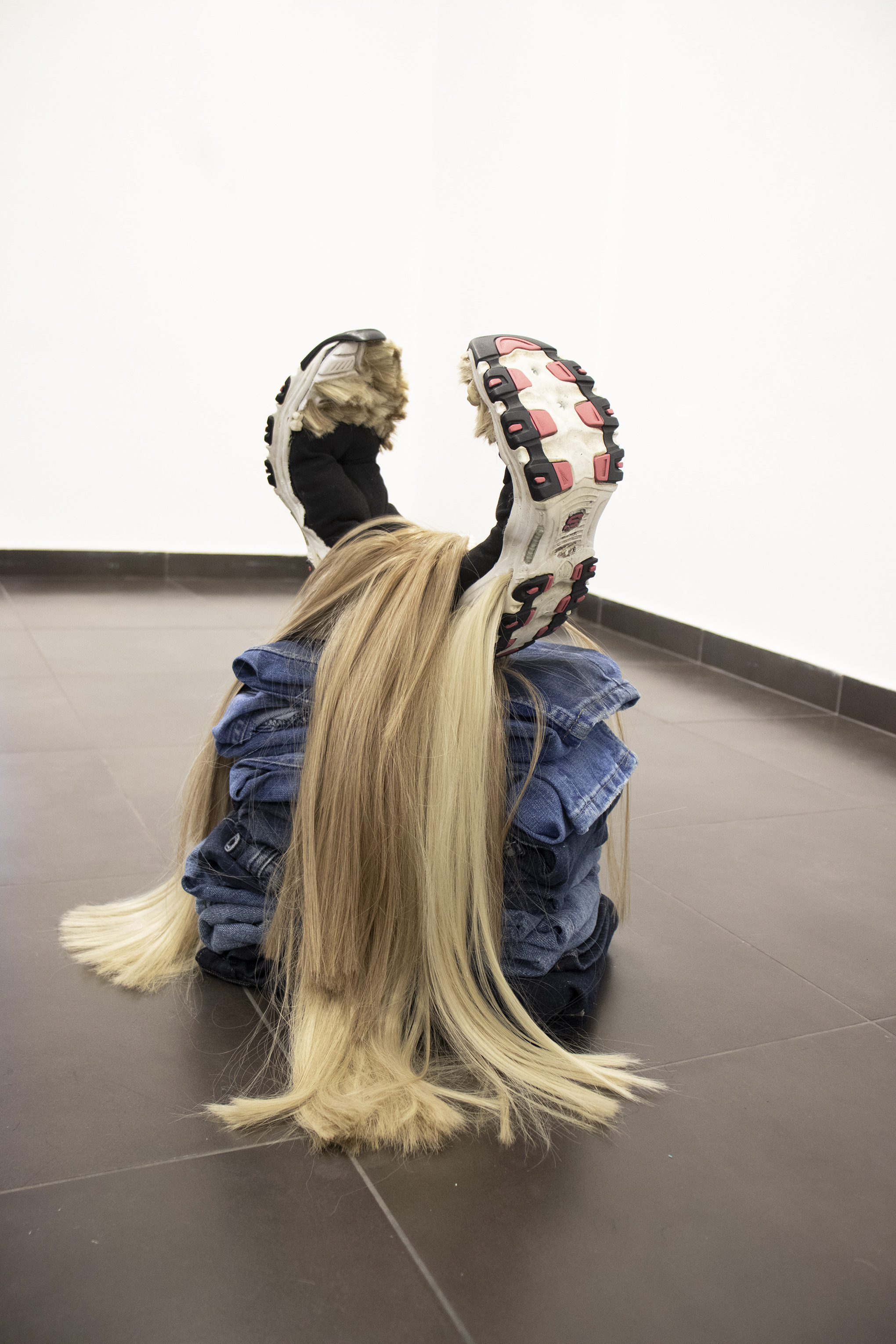
Irene Pouliassi | Lady Lazarus | Enyo

Irene Pouliassi | Lady Lazarus | LOK
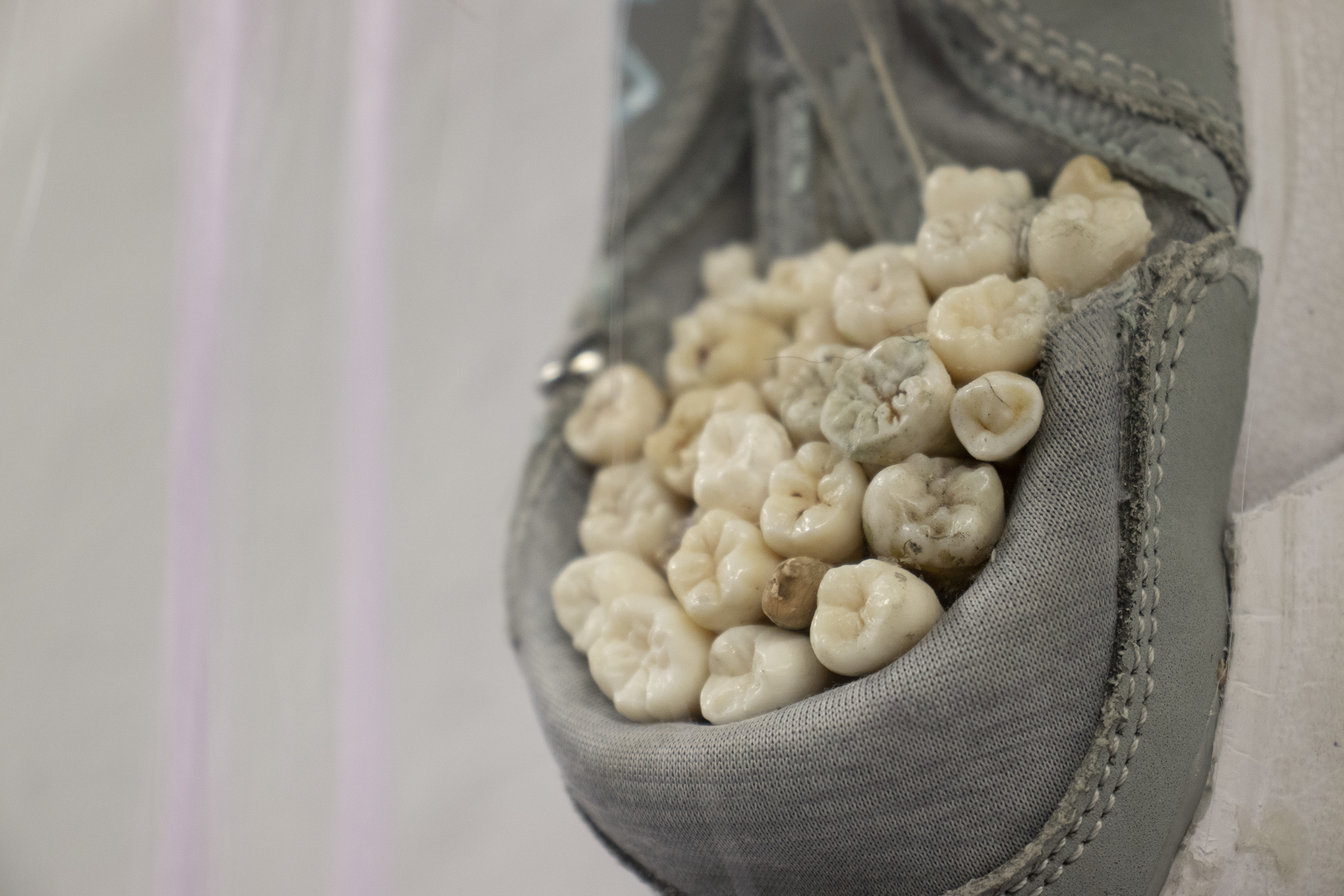
Irene Pouliassi | Lady Lazarus |The Cadaver Detail
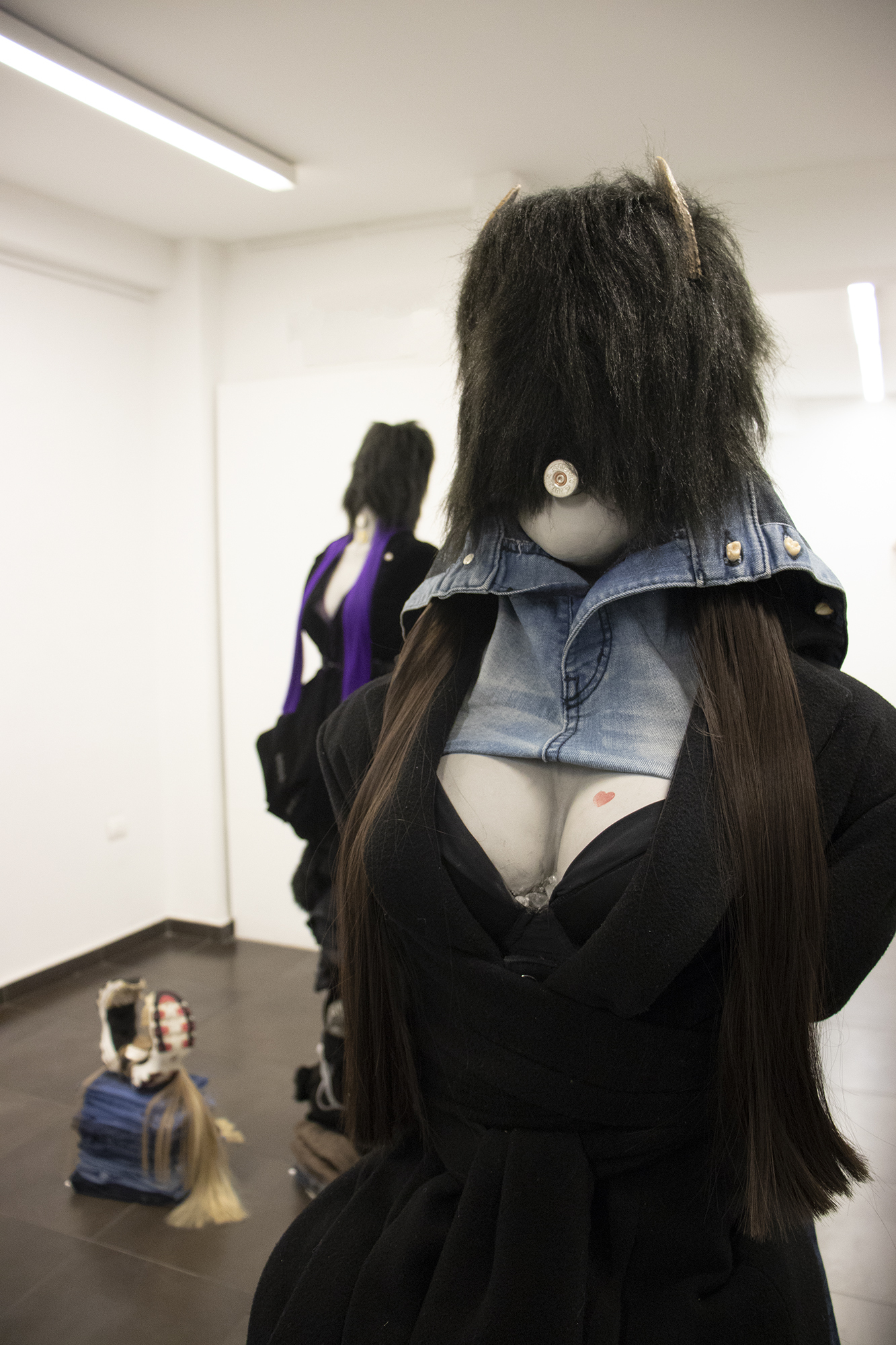
Irene Pouliassi | Lady Lazarus | Pleiades III
LADY LAZARUS
CURATORIAL TEXT
The history of the bust dates back thousands of years, thought to have originated in Egyptian times but rising to prominence in Hellenistic Greek and Roman times. With the main purpose of recording and displaying a person’s character, the exact method of translation from person to stone differed slightly between Greek and Roman tradition. Greek statues glorified the human form, focusing on beauty and the virtue associated with it, affirming this to stone as a lasting memory. On the other hand, Roman statuary took a more realistic approach depicting the portrait of a person as they were, lines, blemishes and imperfections included to gain a likeness as close to the original as possible and finding the beauty in the individual. In this new body of work Pouliassi has reformed the bust, utilising an array of characters as her muses she reinvestigates the common notions of busts and other statuary to form a new sculptural language focused on disrupting the ‘normativity’ of fetish, desire and identification.
Pouliassi has continued in her unique ability to craft trauma and history, both personal and universal, creating objects that question the base meanings of human, femininity and the self. These new works find a teetering balance between the romantic and the grotesque, objects ever transforming, in flux with themselves as beings. Pouliassi uses this instability as a means to destabilise anthropocentrism and create a post-apocalyptic feminine vision. The feminine is undeniable within the works, a self starting point from which Pouliassi searches through myth to reinvent femininity, decoding the monstrous feminine archetype. In an essay for Granta, Hannah Williams explores the idea of ‘woman as terroriser’ that has been a narrative throughout history;
‘The female body has been codified as disgusting, defective- leaking, bleeding, oozing- from time immemorial. She limps, incomplete and half-finished, across Aristotle’s theories, a deformed ‘monstrosity’ and ‘misbegotten man’; stalks through Talmud on Lilith’s jackal-feet, flying through the night on her bird wings to sate her demon’s appetite; drags her heavy body through Greek mythology, crowned with curls of snakes. She’s simultaneously too-much and less-than; little more than an underdeveloped man, a foetus too weak to grow entirely, pale and fragile as an orchid.’
The pedestals of woman Pouliassi has created stand as monuments acting to subvert the narrative and empower the monstrous. She combines monstrosity and sensuality to form beings that attract and repel us simultaneously. Like the busts of old they offer a representation of self, however, under Pouliassi’s hand they are enabled to tell their own story. Her continued use of found materials embeds the objects with a past separate for her’s. A life created out of detritus fuels more careful balance, decay existing with regeneration. The use of found materials also echoes to the economy of traditional busts that used less material than full size sculptures and embodied less space as objects, in turn echoing the space that woman has taken up in the traditional narrative.
Pouliassi fosters environments that are uncomfortable and force us to question the works both within the context of the exhibition and ourselves. The works exist in a purposeful imbalance, an unnerving equilibrium that keeps us enthralled by her objects, hypnotised by what is unknown.
Will Coups


